Celebrating Life by Joyously Honoring Those Who Have Died.
Every culture around the world has different ways to commemorate those who are no longer with us. Some are more somber than others. In Mexico the celebration of death is a vibrant and cheerful one, filled with music and food in memory of loved ones as a way to embrace rather than fear the natural process of dying.
Mexican poet Octavio Paz once wrote:
“To the people of New York, Paris, or London, death is a word that is never pronounced because it burns the lips. The Mexican, however, frequents it, jokes about it, caresses it, sleeps with it, celebrates it; it is one of his favorite toys and most steadfast loves.”
One of the best examples is the way in which Mexican people honor their dead. Día de los Muertos or Day of the Dead is fêted annually on the 1st and 2nd of November. During these two days people welcome and pay tribute to spirits of their ancestors. On Día de los Muertos, it is said that the dead are awakened from their eternal slumber to become a vibrant part of the community for two nights.
How Did Día de los Muertos Come to Be A Thing?
The tradition was originally started by the Aztecs. They preserved and prepared the remains of their loved ones by dressing them in bright adornments to get them ready for their long journey through the nine levels of the underworld called Mictlán. After the Spanish colonization of Latin America the religious and pagan traditions merged. Today the festivities that we know are a blend of indigenous heritage and Catholicism.
The main goal of this festivity is to honor the memory of those who have died by doing the activities they liked when they were alive, eating their favorite foods, and listening to the music they enjoyed. On November 1st or All Saints’ Day, children who have died are celebrated. Then November 2nd, or All Souls’ Day, is for adults who have passed from this world. It is believed that their souls will return on these nights.
How Do Mexicans Celebrate Día de los Muertos?
Although many people wrongly interpret this holiday as “Mexican Halloween,” there’s much more to it than that. Read on for six authentic ways to commemorate Día de los Muertos:
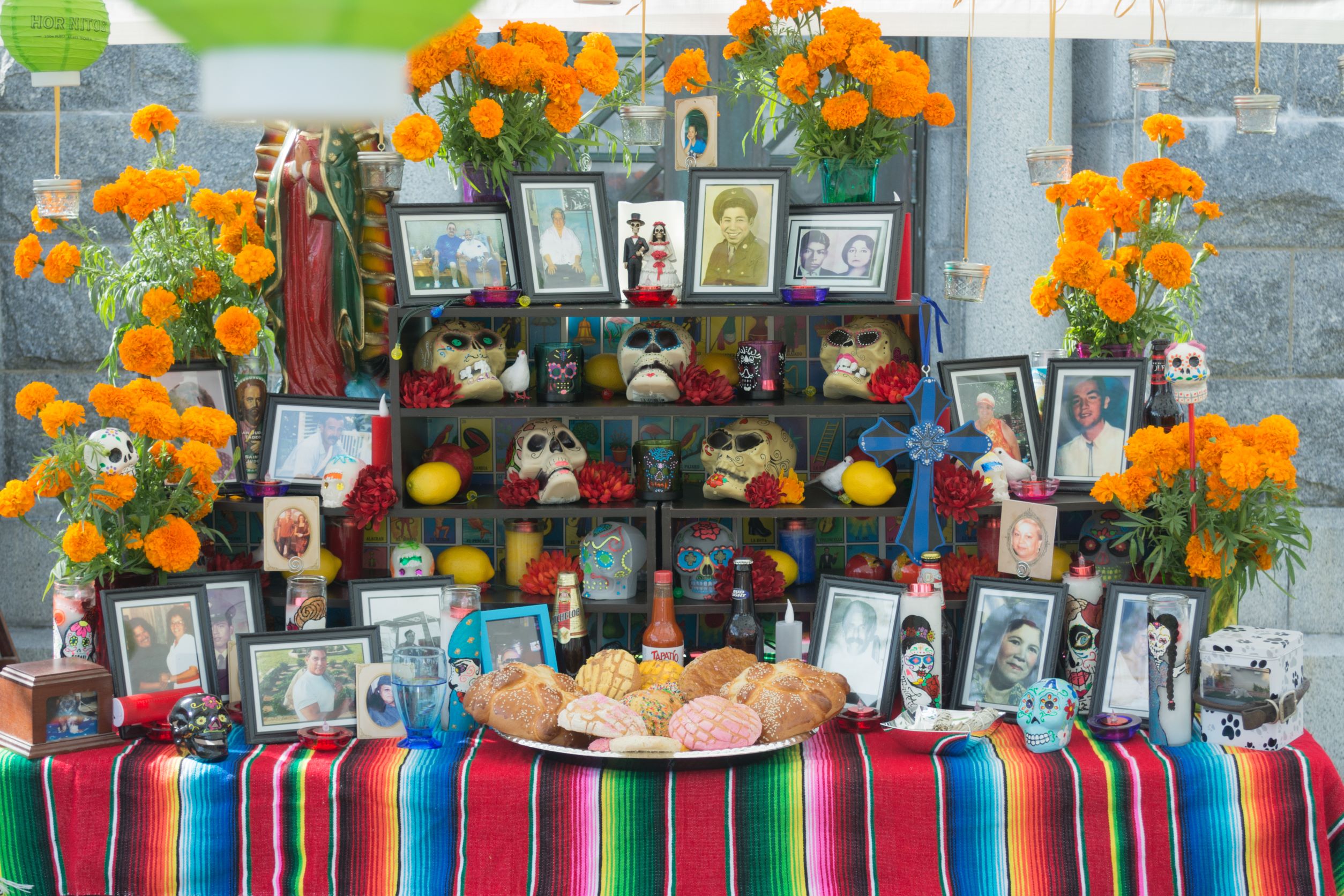
1. Set up an Ofrenda. This is the element that holds most of the symbols and components of this festivity together. Ofrenda means offering and it is an altar in honor of a lost loved one’s life . It's usually a table decorated with colorful papier-mâché, cempasúchil flowers (Mexican marigold), candy skulls, incense and candles. Also pictures of the person that is being honored and their favorite foods and drinks. The tradition dictates that their spirits will visit these altars guided by the lights and will enjoy this feast.
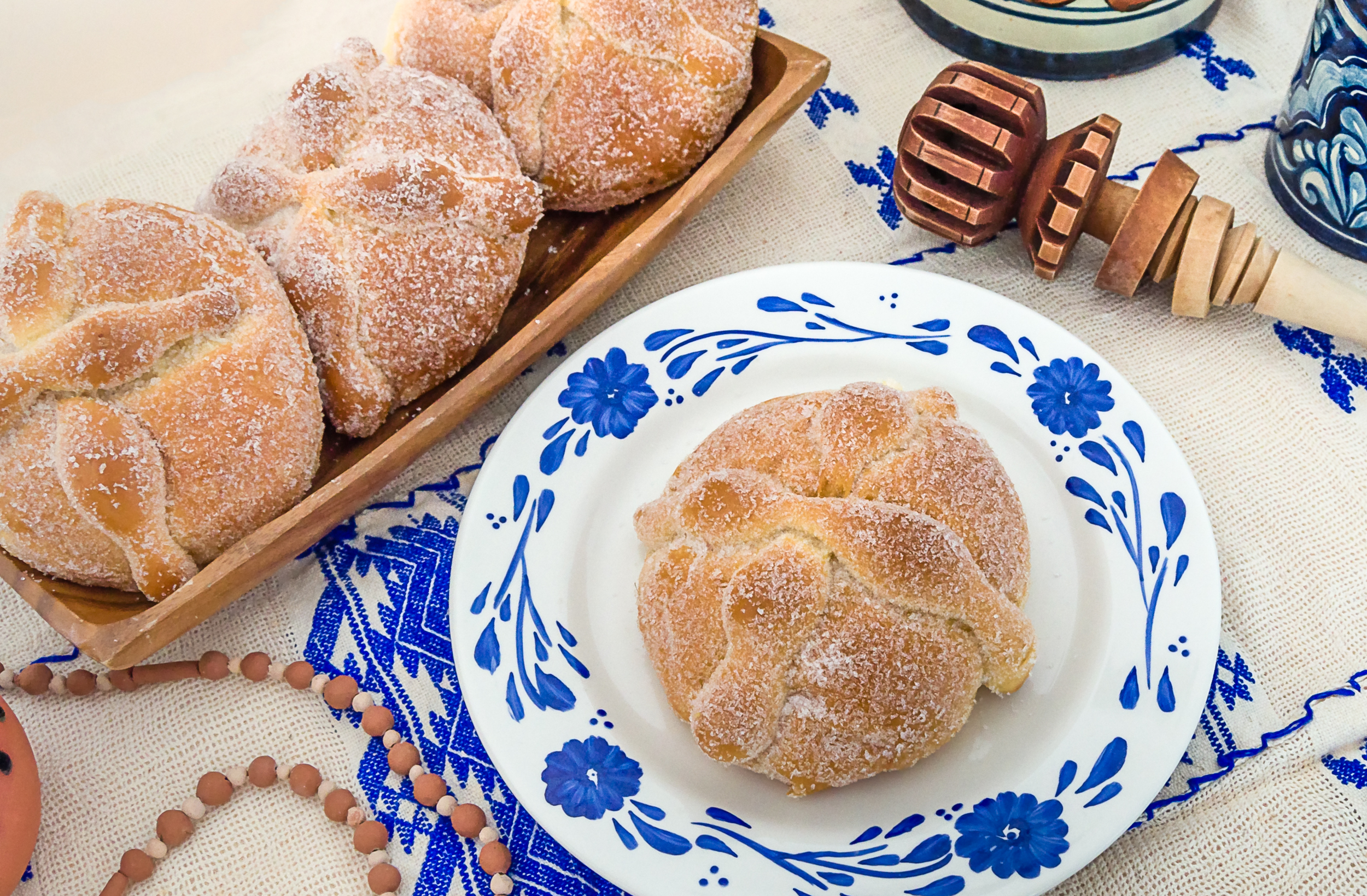
2. Eat pan de muerto. This sweet pastry in a circular shape represents the cycle of life and death. The shapes on top represent the bones and tears shed for them. On top, in the center of the bread, there is a protuberance that represents the skull of a skeleton from which four rows of bread in the form of bones are placed. These bones are placed in the shape of a cross and symbolize the four directions of the universe in the pre-Hispanic cosmogony, although they are also associated with the four cardinal points related to deities such as Quetzalcoatl, Huitzilopochtli, Tezcatlipoca and Xipetotec. It is usually accompanied by a hot cup of cocoa.
You can find it in this online store. They deliver to any address within the continental U.S.
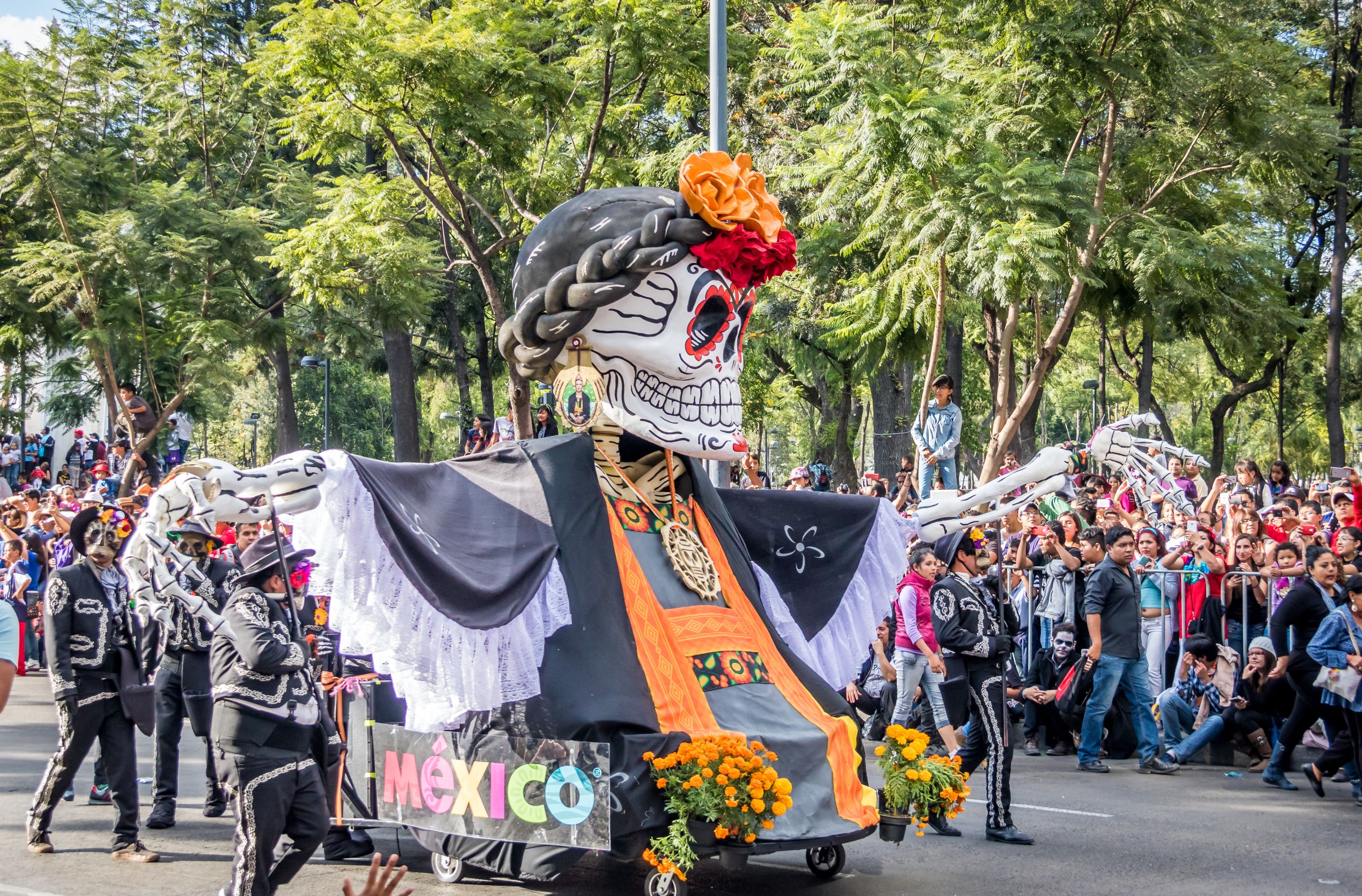
3. Go to the Mexico City parade. In 2016, Mexico City held its first ever Day of the Dead parade, and after skipping 2020 for reasons of COVID, this year it is resuming, and we think it's a celebration visitors should not miss. Big floats, mariachis, colorfully costumed dancers, and painted skeletons, also known as catrinas, walk and dance through the streets. The parade stretches from the Estela de Luz (Pillar of Light) monument to the Zócalo, the city’s main square and each block is filled with cheerful onlookers.
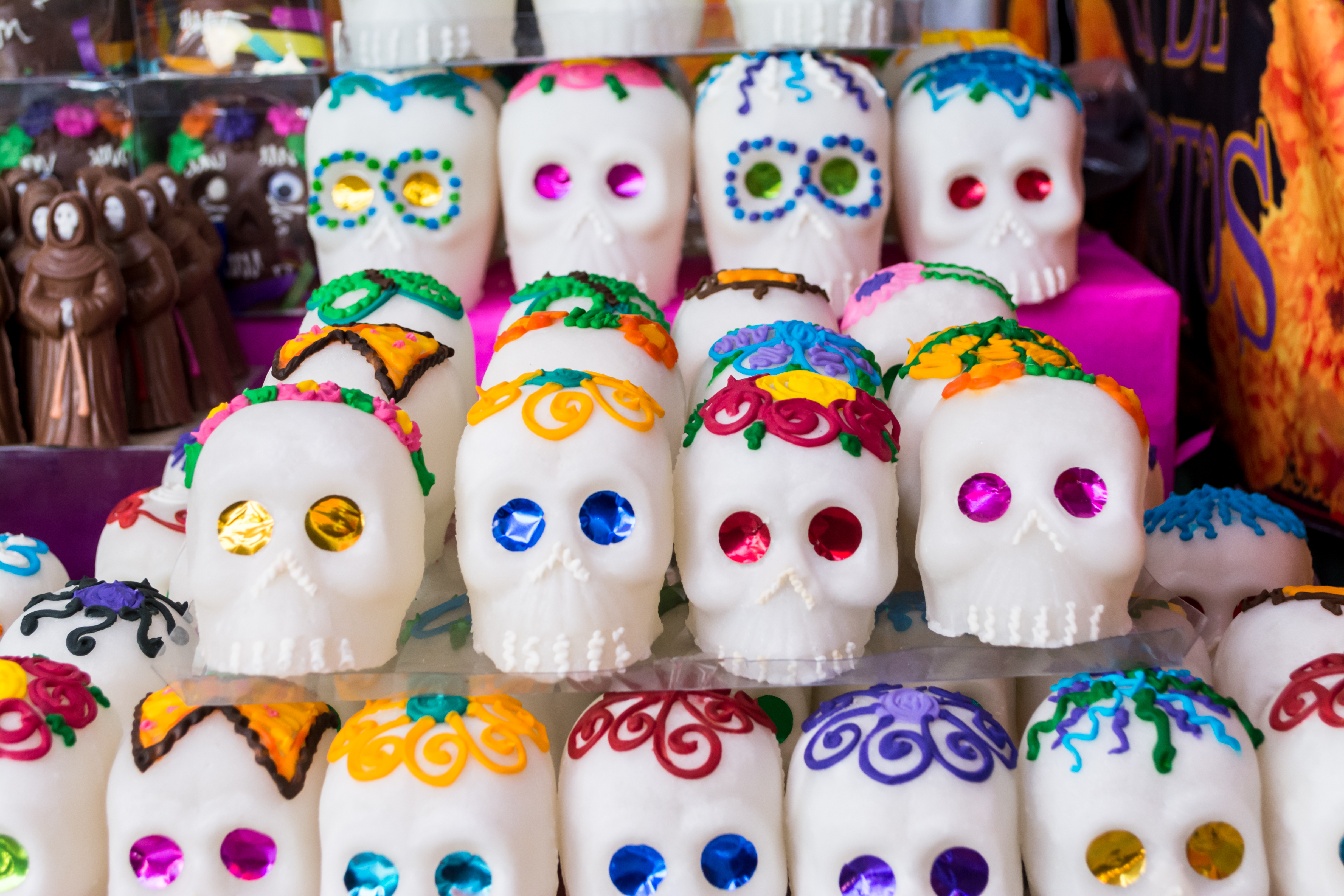
4. Buy your loved ones calaveritas de dulce (candy skulls) or make your own. These are typical treats that occupy an important part in the decoration of an ofrenda. These skulls are often made of granulated sugar, meringue powder and water. The mixture is molded into the shape of a skull, and then decorated with bright colors and often personalized with the name of the person being celebrated. They can also be made with chocolate or amaranth. In Mexico during the month of October people sometimes gift these sweet skulls to friends as a token of appreciation.
If you'd like to try this delicious candy, you can find it at this link. You can also get your own kit to decorate and personalize your skulls and share this activity with family or friends. Click here.
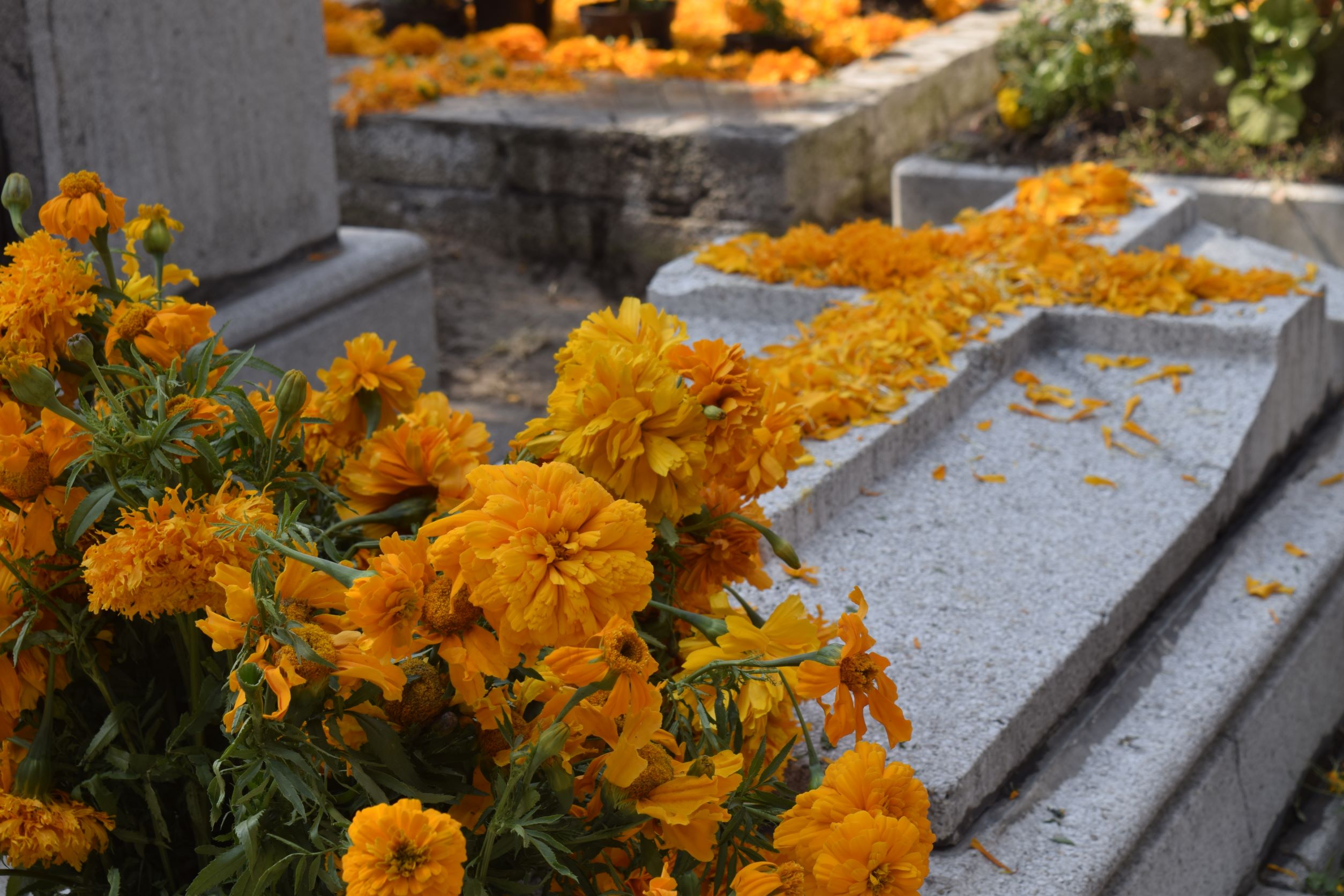
5. Find out if your city has a special celebration, parade or even an altar contest for Day of the Dead, and join the festivities. Día de los Muertos is celebrated throughout Latin America and everywhere with a large Latino population such as Los Angeles, California. Because of this there are many cities that embrace the tradition with special events that consist of live music, a procession, and intricately adorned ofrendas. Hollywood Forever in LA it’s the only cemetery in the country to hold an official Día de los Muertos celebration. If it's possible for you to attend, it is worth the trip. Here you can find all the details to plan your visit.
6. Write a calaverita (a death-themed poem) for your loved ones. One of the most fun traditions enjoyed by young and old is the writing of rhymes called calaveritas literarias. These poems embody the way Mexicans see death, not as a sad mourning but an opportunity to remember the cycle of life through humor and creativity. People of all ages partake in this tradition, but it's most common amongst school children. These poems use witty rhymes poking fun at the dead and the living. Using people’s shortcomings and habits, calaveritas are a cathartic way to face the inevitability of death.
It's all about personalization. So why don't you create your own ritual and join in this joyful celebration to remember someone special?

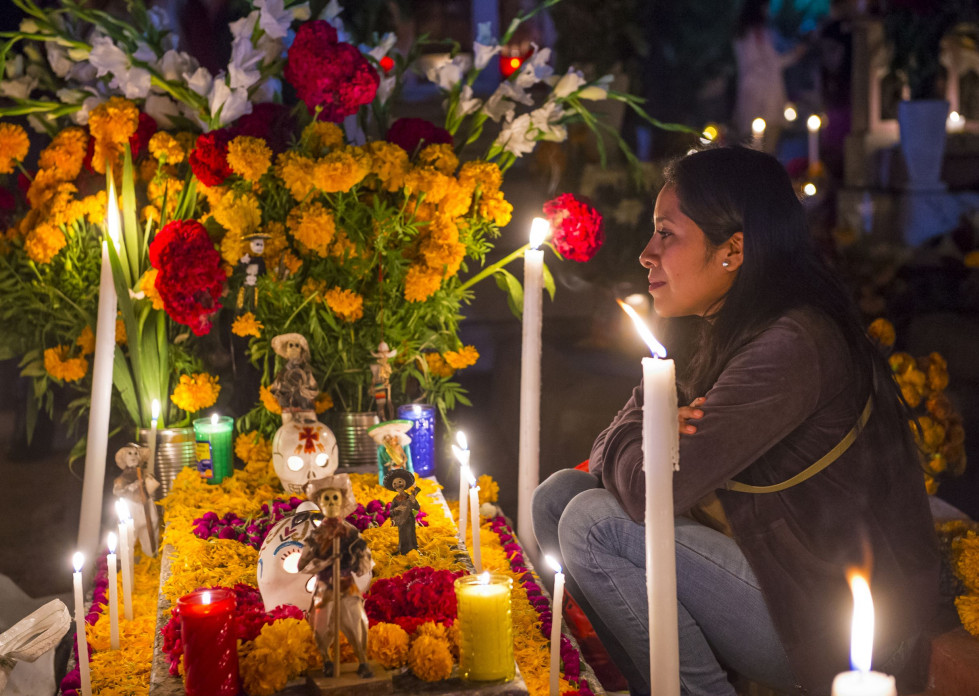
-banner.png)





